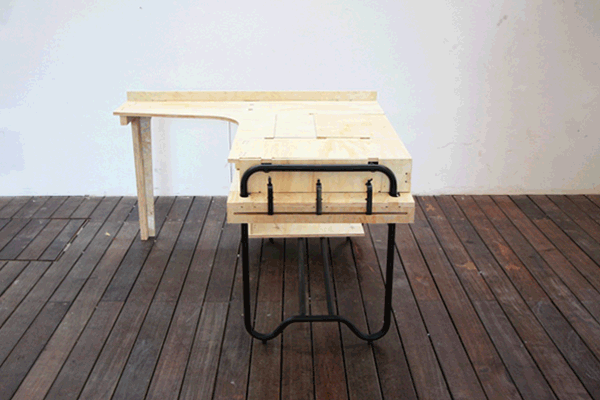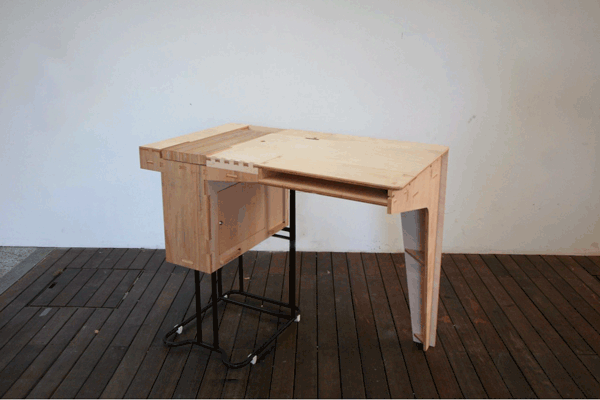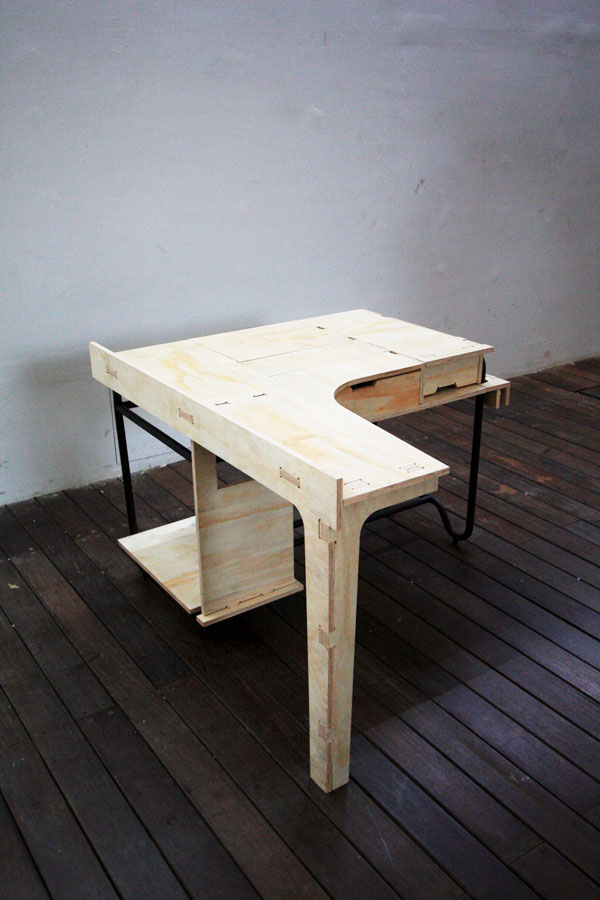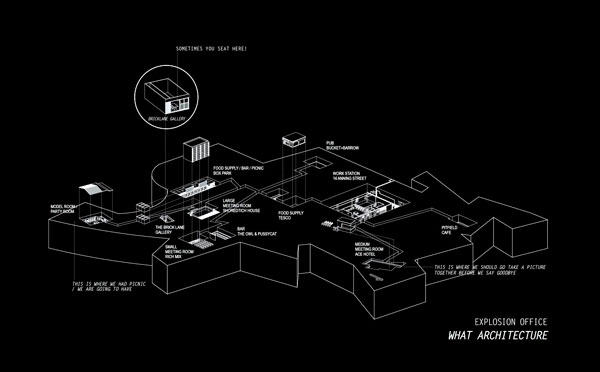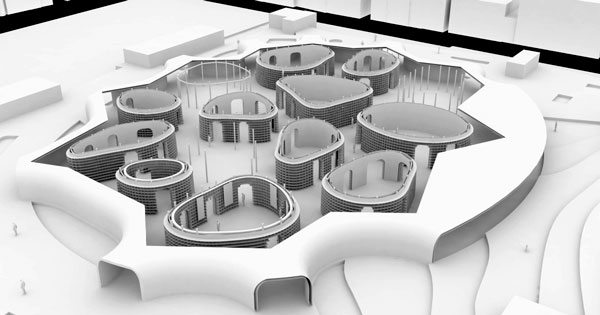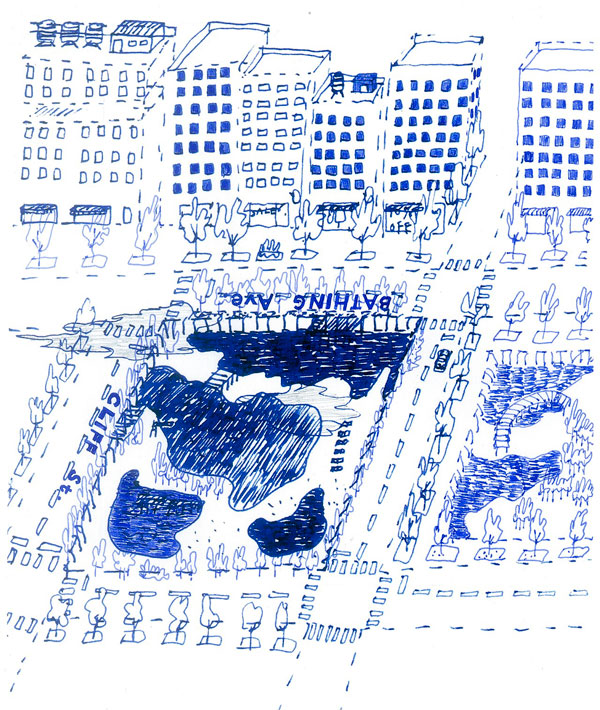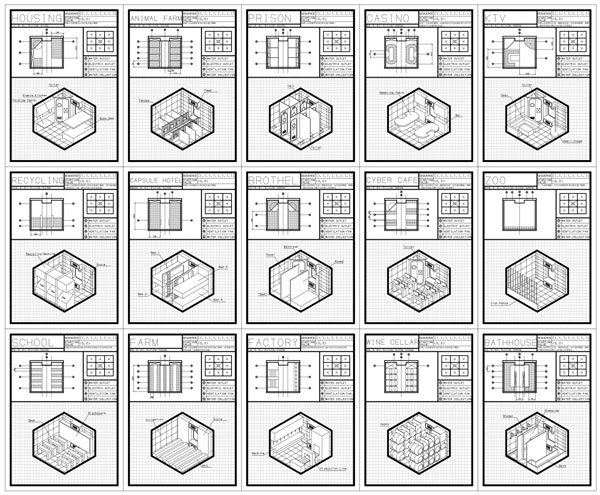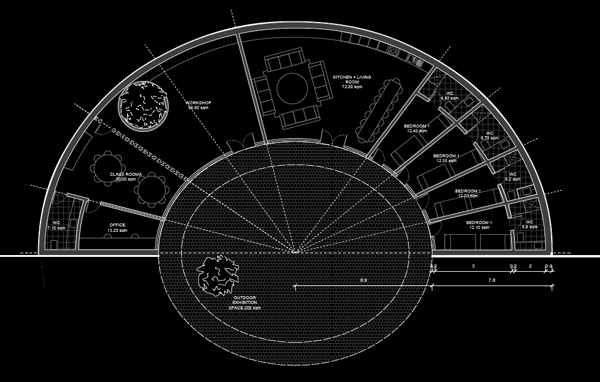000off_Replay Culture 2: Art
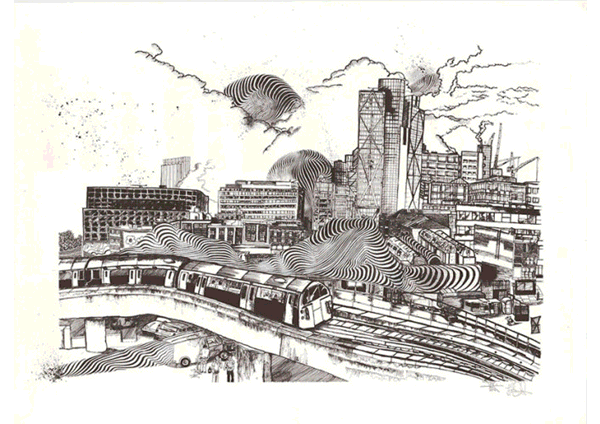 Replay. Remix. A concept which has massive value in music and the arts but barely understood in architecture. Architecture desires originality but attains this by burying its references. Unlike Art:
Shoreditch Skyline Collaborations at the Howard Griffin Gallery featured: John Dolanwith 2501, John Dolan with Broken Fingaz Crew, John Dolan with Cityzen Kane, John Dolan with EKTA, John Dolan with Gold Peg, John Dolan with Ian Stevenson, John Dolan with Thierry Noir.
Replay. Remix. A concept which has massive value in music and the arts but barely understood in architecture. Architecture desires originality but attains this by burying its references. Unlike Art:
Shoreditch Skyline Collaborations at the Howard Griffin Gallery featured: John Dolanwith 2501, John Dolan with Broken Fingaz Crew, John Dolan with Cityzen Kane, John Dolan with EKTA, John Dolan with Gold Peg, John Dolan with Ian Stevenson, John Dolan with Thierry Noir.
These artists have collaborated with John by working directly onto the walls of his cityscapes, creating unique pieces, bringing together one of the biggest group shows, depicting an ever-changing area of the city.

243sol_Replay Culture 1: Music
Replay. Remix. A concept which has massive value in music and the arts but barely understood in architecture. Architecture desires originality but attains this by burying its references. Unlike Music (Iveta’s choice):

128art_PILLOW CINEMA AT SHOREDITCH STATION
It does exactly what it says on the tin, or rather: Can: Pillow Cinema!

179prs_Life Within Buildings!?
 Life Without Buildings!?
Life Without Buildings!? 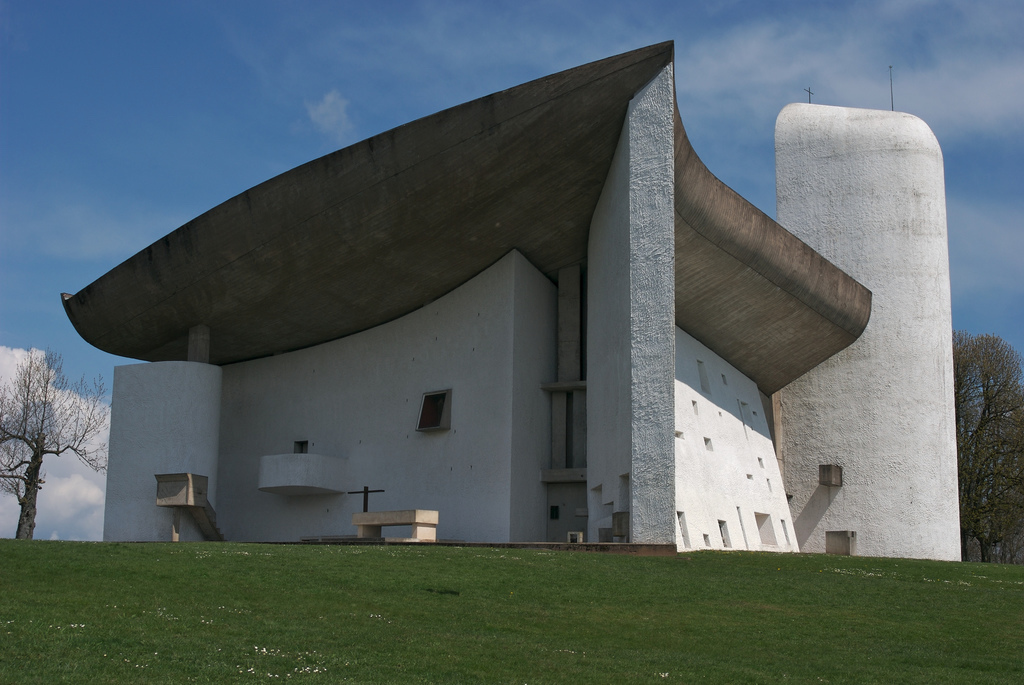 The phrase Life Without Buildings!? appears on all WHAT_architecture communications (emails, drawings…) and in doing so promotes the idea that architecture can be understood not only through walls, floors, roofs and buildings directly but more commonly through mass media such as books, magazines, websites. Following from Beatriz Colomina’s Privacy and Publicity: Architecture and Mass Media, the legitimate expression of contemporary architecture is, today, not building but publication. For example, Le Corbusier’s Ronchamp is universally understood (by architects) not through any site visit to Êpinay-sur-Orge in France but through a mass of publication. So… what is the building in this photograph?
The phrase Life Without Buildings!? appears on all WHAT_architecture communications (emails, drawings…) and in doing so promotes the idea that architecture can be understood not only through walls, floors, roofs and buildings directly but more commonly through mass media such as books, magazines, websites. Following from Beatriz Colomina’s Privacy and Publicity: Architecture and Mass Media, the legitimate expression of contemporary architecture is, today, not building but publication. For example, Le Corbusier’s Ronchamp is universally understood (by architects) not through any site visit to Êpinay-sur-Orge in France but through a mass of publication. So… what is the building in this photograph?
Life Without Buildings!? might be a counter productive strapline for an architectural office that seeks to build. Is WHAT_architecture shooting its clients in the feet? For 2015, WHAT_architecture will now look for: Life Within Buildings!?
So… what is the building in this photograph? The image is of Le Corbusier’s Ronchamp yet has been deliberately published back to front, that is left-to-right reflected…yet ‘how would you know?’ Go to Epinay and have a look!

179prs_NOTES FROM THE BAR
Goethe once said “Music is liquid architecture; Architecture is frozen music.”
Whilst there a long comparative history between music and architecture, these views music/architecture tended to consider the both more as a product (space-time, proportion, harmony etc) than as a process. Yet the way we make music/architecture today seems very similar with a high dependency on digital technologies. Looking at the way electronic music is currently made, there appears to be little frozen or static about the collage techniques, sampling and looping being deployed today. However whilst music is inclusive with references, sources and peers being declared, architecture maintains its mask or originality: few architects name their contemporary peers as being sources of inspiration…

241mer_THE HILLDING
‘The Hillding’ is landscape building where the architecture of a cave is excavated from the side of a hill. This strategy minimises the environmental impact of the project – the MerzBau is a rural artspace in the legacy of Kurt Schwitters comprising residence, workshop and openair gallery – on the valley of Great Langdale in the English Lake District. 

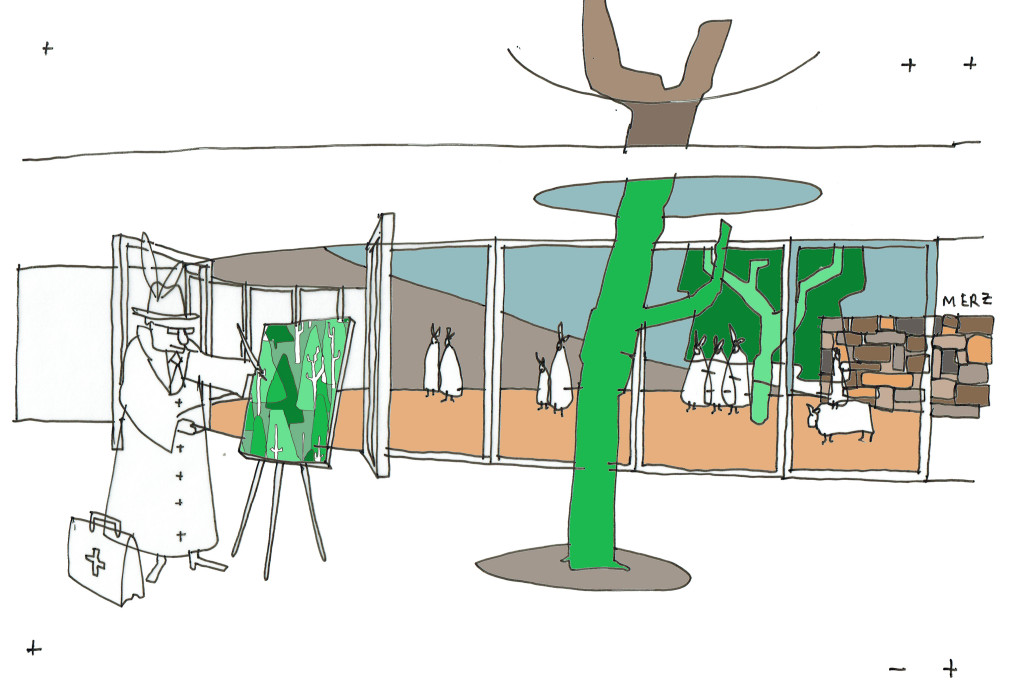




221dog_VIABILITY VS COMMERCIAL SENSITIVITY
Residents evicted from the Heygate estate won a two-year battle against Southwark to release the viability assessment made for Lend Lease, the developers. How did they do it?
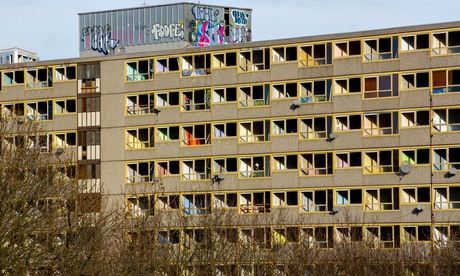 The national planning policy framework (NPPF), introduced two years ago, slashed 1,300 pages of policy down to 65 and introduced a “presumption in favour of sustainable development”. But it turns out that it is a form of sustainability that has more to do with the developer’s bank balance than creating sustainable communities or protecting the environment. The principal casualty is the number of affordable homes built. By 2018, there will be a million fewer than in 1980. The NPPF enshrines commercial viability at the very heart of negotiations with the local authority. It says that development proposals “should not be subject to such a scale of obligations and policy burdens that their ability to be developed viably is threatened”. But how viability is determined is the crucial factor. And that is a calculation that happens entirely behind closed doors – and one for which the very people assessing the applications are effectively blindfolded. House-builders, claiming commercial confidentiality which they have lobbied fiercely to protect, obscure the financial modelling used to determine whether a scheme is viable in their eyes. It is shielded from the council and entirely hidden from public gaze. Broadly, the assessment subtracts building costs from projected revenue, while safeguarding a 20% profit margin. The slightest tweak of a single variable can prove that a project would simply be financially unworkable if the required affordable housing quota was fulfilled. Independent analysis shows that profits are routinely underestimated, costs overstated, and the number of affordable homes relentlessly driven down. Councils simply don’t have the in-house expertise to scrutinise these reports and they rarely commission independent assessments. When they do, they are forced to rely on the very consultants used by the property industry, who are loth to contradict their paymasters. But after several community groups succeeded in getting the books opened up on major regeneration schemes across London, the dark art of fiddling viability figures is under increasing public scrutiny. Residents evicted from the Heygate Estate won a two-year battle against Southwark to release the viability assessment made for Lend Lease, the developers. The report justified the controversial plan to replace 1,200 mainly social-rented homes with over 2,300 units, of which a mere quarter will be classed as affordable. Initial findings by critics of the scheme suggest the report grossly undervalued the development. At Capco’s redevelopment of Earls Court in west London, barely one in 10 of the 7,000 new homes will be affordable and none will be for social rent. An assessment commissioned by opponents of the scheme found that the developer’s valuations were “warped”. The same meagre sharewas proposed for the Royal Mail site at Mount Pleasant in north London, although an independent report suggested that in such a high house price area, half the housing could be affordable. Until viability calculations are published, councils will be powerless to stop this great housing con trick. — This post was a re-mix of the original Guardian post whereby the original photo caption has become our headline.
The national planning policy framework (NPPF), introduced two years ago, slashed 1,300 pages of policy down to 65 and introduced a “presumption in favour of sustainable development”. But it turns out that it is a form of sustainability that has more to do with the developer’s bank balance than creating sustainable communities or protecting the environment. The principal casualty is the number of affordable homes built. By 2018, there will be a million fewer than in 1980. The NPPF enshrines commercial viability at the very heart of negotiations with the local authority. It says that development proposals “should not be subject to such a scale of obligations and policy burdens that their ability to be developed viably is threatened”. But how viability is determined is the crucial factor. And that is a calculation that happens entirely behind closed doors – and one for which the very people assessing the applications are effectively blindfolded. House-builders, claiming commercial confidentiality which they have lobbied fiercely to protect, obscure the financial modelling used to determine whether a scheme is viable in their eyes. It is shielded from the council and entirely hidden from public gaze. Broadly, the assessment subtracts building costs from projected revenue, while safeguarding a 20% profit margin. The slightest tweak of a single variable can prove that a project would simply be financially unworkable if the required affordable housing quota was fulfilled. Independent analysis shows that profits are routinely underestimated, costs overstated, and the number of affordable homes relentlessly driven down. Councils simply don’t have the in-house expertise to scrutinise these reports and they rarely commission independent assessments. When they do, they are forced to rely on the very consultants used by the property industry, who are loth to contradict their paymasters. But after several community groups succeeded in getting the books opened up on major regeneration schemes across London, the dark art of fiddling viability figures is under increasing public scrutiny. Residents evicted from the Heygate Estate won a two-year battle against Southwark to release the viability assessment made for Lend Lease, the developers. The report justified the controversial plan to replace 1,200 mainly social-rented homes with over 2,300 units, of which a mere quarter will be classed as affordable. Initial findings by critics of the scheme suggest the report grossly undervalued the development. At Capco’s redevelopment of Earls Court in west London, barely one in 10 of the 7,000 new homes will be affordable and none will be for social rent. An assessment commissioned by opponents of the scheme found that the developer’s valuations were “warped”. The same meagre sharewas proposed for the Royal Mail site at Mount Pleasant in north London, although an independent report suggested that in such a high house price area, half the housing could be affordable. Until viability calculations are published, councils will be powerless to stop this great housing con trick. — This post was a re-mix of the original Guardian post whereby the original photo caption has become our headline.
